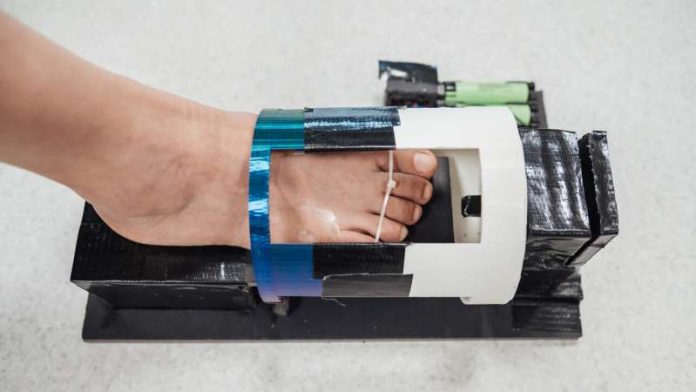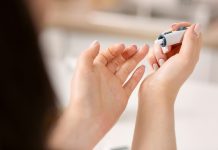
Patients with diabetes often face complications related to wound healing, particularly in cases where their natural wound-healing abilities are impaired.
This can lead to the development of chronic wounds, which not only cause suffering but can also result in the drastic measure of limb amputation.
To combat this global healthcare challenge, a team of researchers from the National University of Singapore (NUS) has developed a groundbreaking magnetic gel.
This innovative treatment shows promise in expediting the healing of diabetic wounds, reducing the likelihood of recurrence, and ultimately lowering the occurrence of limb amputations.
Addressing Diabetic Wound Challenges
Diabetic patients frequently encounter chronic wounds, such as foot ulcers, that are notoriously slow to heal. These wounds not only affect the quality of life for patients but also pose significant health risks.
The NUS research offers a potential solution to this issue through a comprehensive approach involving a magnetic gel.
The Magnetic Gel Treatment
The treatment involves applying a bandage infused with a hydrogel containing skin cells necessary for healing and magnetic particles.
To optimize the healing process, an external wireless magnetic device is used to activate skin cells. The ideal duration of magnetic stimulation ranges from one to two hours.
Laboratory tests conducted by the research team demonstrated that the treatment, combined with magnetic stimulation, led to diabetic wounds healing approximately three times faster than conventional methods.
While the focus has been on healing diabetic foot ulcers, the technology holds potential for treating various complex wounds, including burns.
Revolutionizing Wound Healing
Unlike traditional dressings that play a passive role in wound management, this innovative NUS invention takes an active and multifaceted approach to healing.
It addresses multiple critical factors associated with diabetic wounds.
These include managing elevated glucose levels in the wound area, activating dormant skin cells near the wound, restoring damaged blood vessels, and repairing the disrupted vascular network within the wound.
Global Health Challenge
The significance of this research cannot be overstated, given the growing prevalence of diabetes worldwide. Chronic diabetic wounds, especially foot ulcers, pose a substantial healthcare challenge.
Conventional treatments often yield unsatisfactory results, leading to recurring health problems and, alarmingly, limb amputations in a considerable number of cases.
One of the unique aspects of this innovation is the gentle mechanical stimulation it provides to skin cells.
Unlike traditional advice to limit physical activity, the magnetic gel stimulates remaining skin cells without causing harm. This gentle ‘workout’ for skin cells enhances the wound-healing process.
Notably, the study revealed that the concentration of sgp130 in the bloodstream could serve as a valuable biomarker for early detection of steatotic liver disease, which could significantly impact patient outcomes and reduce healthcare costs.
Conclusion
The NUS researchers have developed a groundbreaking solution to a critical global healthcare issue.
The magnetic gel offers a proactive and effective approach to healing diabetic wounds, reducing the risk of complications, and improving patients’ lives.
This innovation has the potential to revolutionize wound management, not only for diabetes-related wounds but also for various complex wound types, including burns.
As the research continues, it holds the promise of transforming wound care and improving outcomes for millions worldwide.
If you care about diabetes, please read studies about Keto diet could help control body weight, blood sugar in type 2 diabetes and findings of these vegetables could protect against kidney damage in diabetes.
For more information about diabetes, please see recent studies about bone drug that could lower risk of type 2 diabetes, and results showing eating more eggs linked to higher risk of type 2 diabetes.
The research findings can be found in Advanced Materials.
Follow us on Twitter for more articles about this topic.
Copyright © 2023 Knowridge Science Report. All rights reserved.


